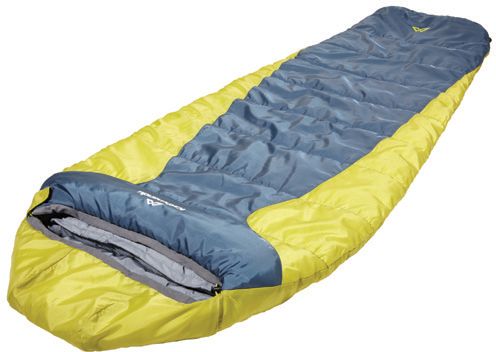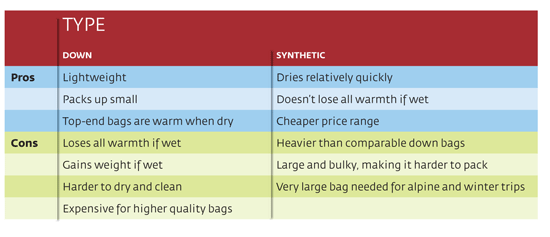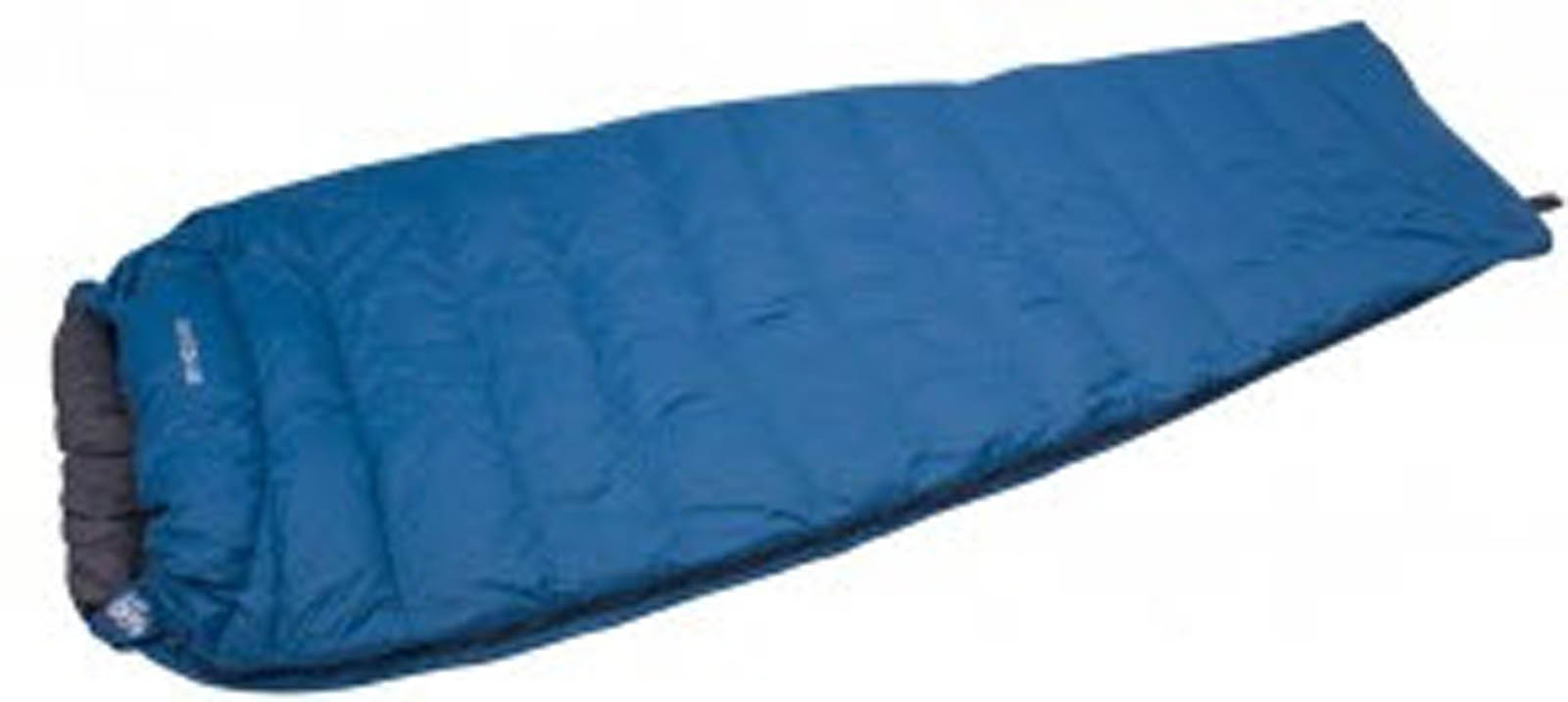I am new to overnight tramping therefore I had no real knowledge about sleeping bags and their composition. I mean, when I was a kid sleeping bags were only used for staying over at a friend’s house, so with childhood innocence I thought they were all the same; right? How wrong I was…
I have been working my way through the Mountain Safety Council’s (MSC) bushcraft courses and very quickly discovered not all sleeping bags are made equal.
After lugging my 3.6kg synthetic sleeping bag around the Hunua Ranges, overnighting under a fly, and not getting a wink of sleep I was beginning to see my old bag may not be up to scratch. So I began my research and in short this is what I discovered.
Sleeping bags come in two very different varieties:
http://www.consumer.org.nz/reports/sleeping-bags/sleeping-bag-basics
Now let’s break it down (excuse the pun):
- Down is going to be lighter and smaller, but if you get it wet it’s worse than useless.
- Conversely, a synthetic bag is going to be bigger and heavier but if it gets wet you’re not going to freeze your tits off.
Most down sleeping bags try to overcome the whole, wet = no insulation shortfall, by treating the outside of the bags with DWR (durable water repellent). Essentially, this coating is designed to repel water but it isn’t going to stand up to large quantities of the stuff. If you’re likely to be getting wet your best bet is going to be synthetic.
So here I was facing the same dilemma I am sure most people have come across when buying a new sleeping bag. Do I go down and have a nice light, small bag which if it gets wet becomes a heavy, useless burden? Or do I go synthetic which weighs more, is bulkier, but if it gets wet will still provide around 80% of its usual warmth?
So I put the question to MSC instructor and gearhead Peter Warowis. His response, why not get the best of both worlds? I was staggered, during all my research I had not once come across this mysterious hybrid bag Pete spoke of. Where did I purchase this fabulous, potentially mythological sleeping bag? Pete chuckles at the confused expression stamped all over my face, and enlightens my inflexible mind.
Pete’s solution to the problem: Have two sleeping bags!
Now, hang on and let me explain in 3 easy steps.
1. Have your main synthetic outer bag
2. Have a very light, down inner
3. Place bag B inside bag A and viola!
So with that in mind I used my research to buy the following:
Synthetic bag: Kathmandu’s Globe
Down bag: Macpac’s Escapade 150
Armed with my new set-up I hit Mt Ruapehu on the MSC above the Bushline course where I slept under a fly, with my bivy bag, and two sleeping bags. I awoke at 7am having got a full night’s comfortable sleep to find snow covering everything in sight.
So what have we learnt? Be flexible when trying to solve your gear solutions. I wholeheartedly recommend Pete’s method to anyone looking at buying a new sleeping bag as you get the best of both worlds.



